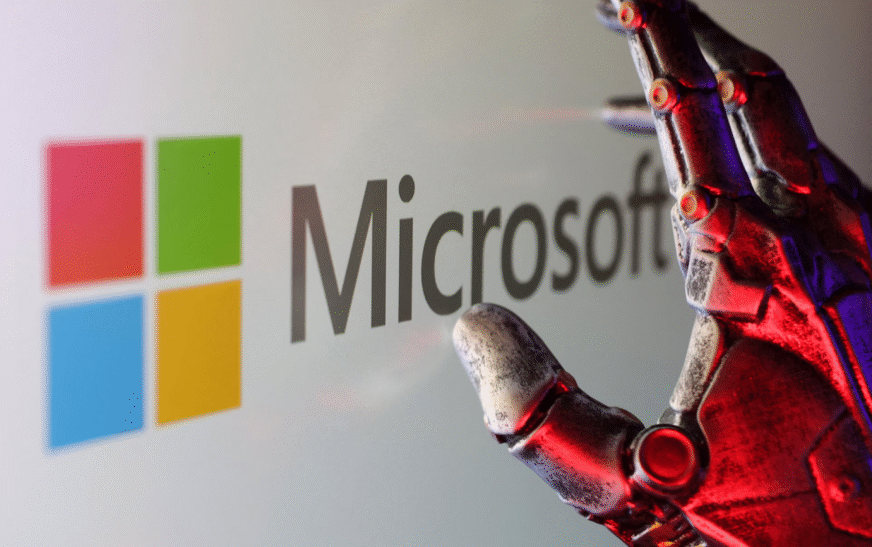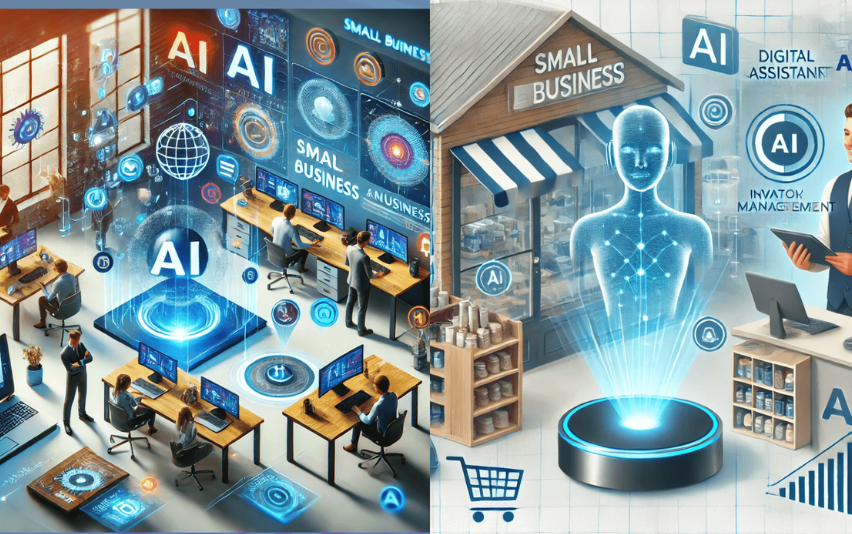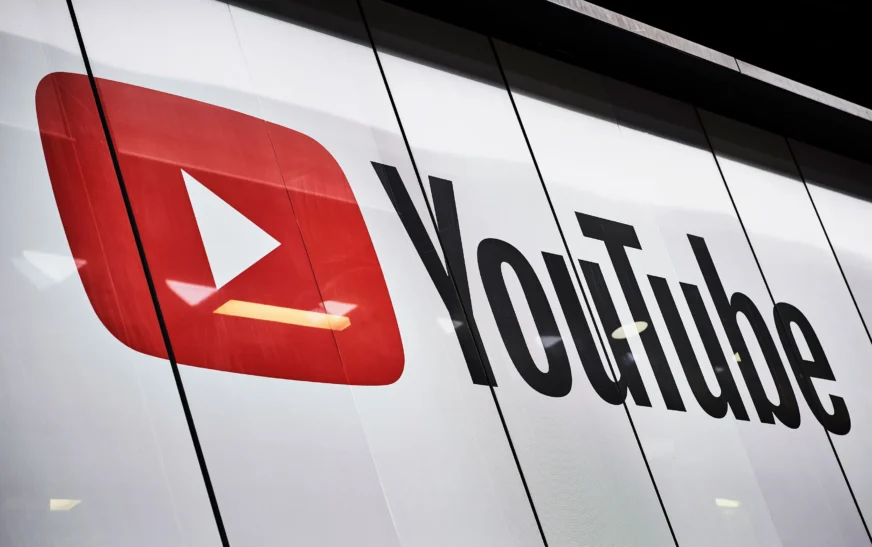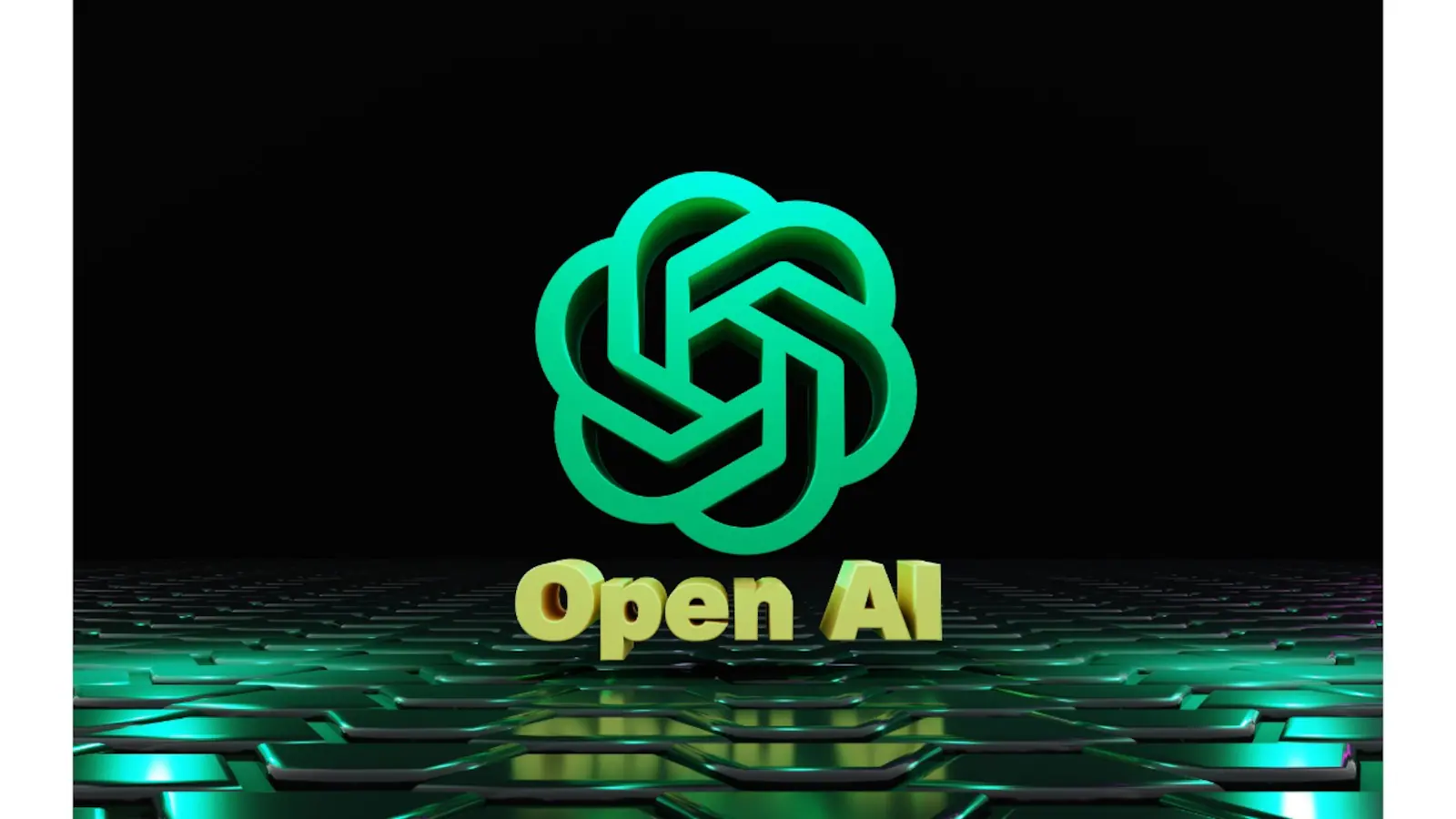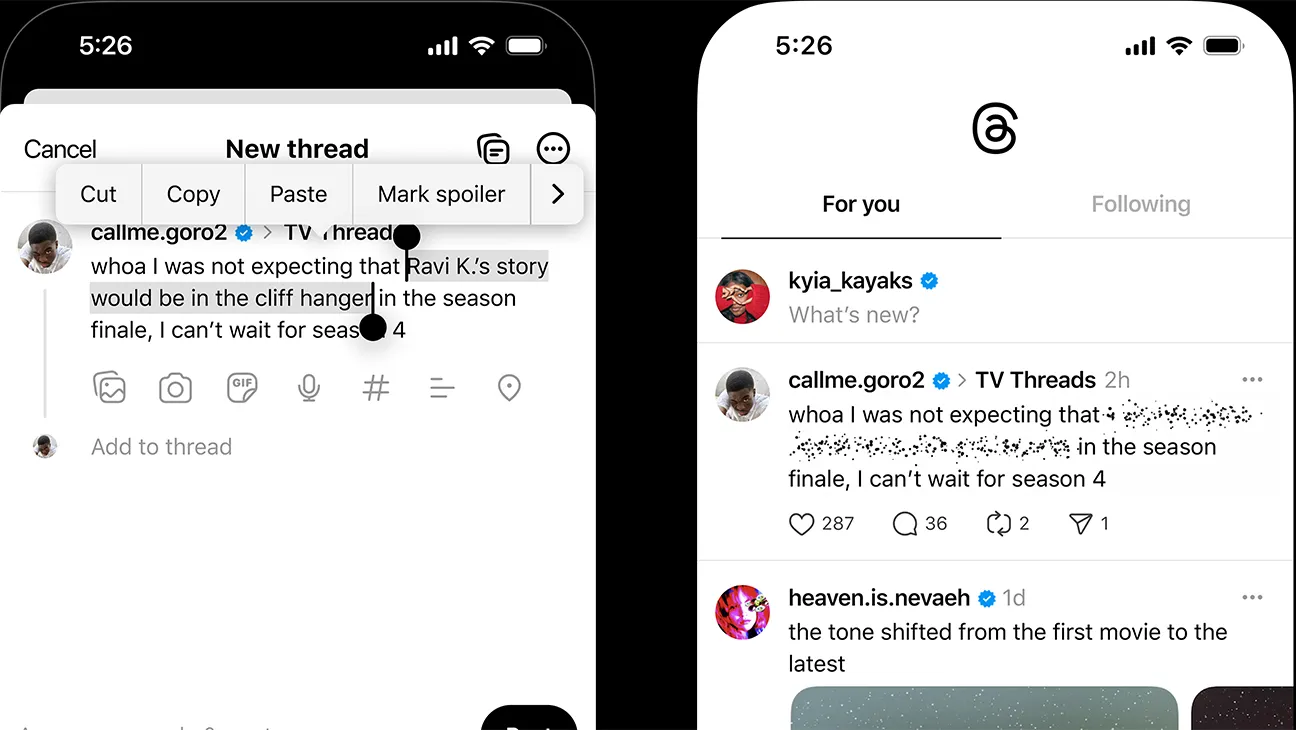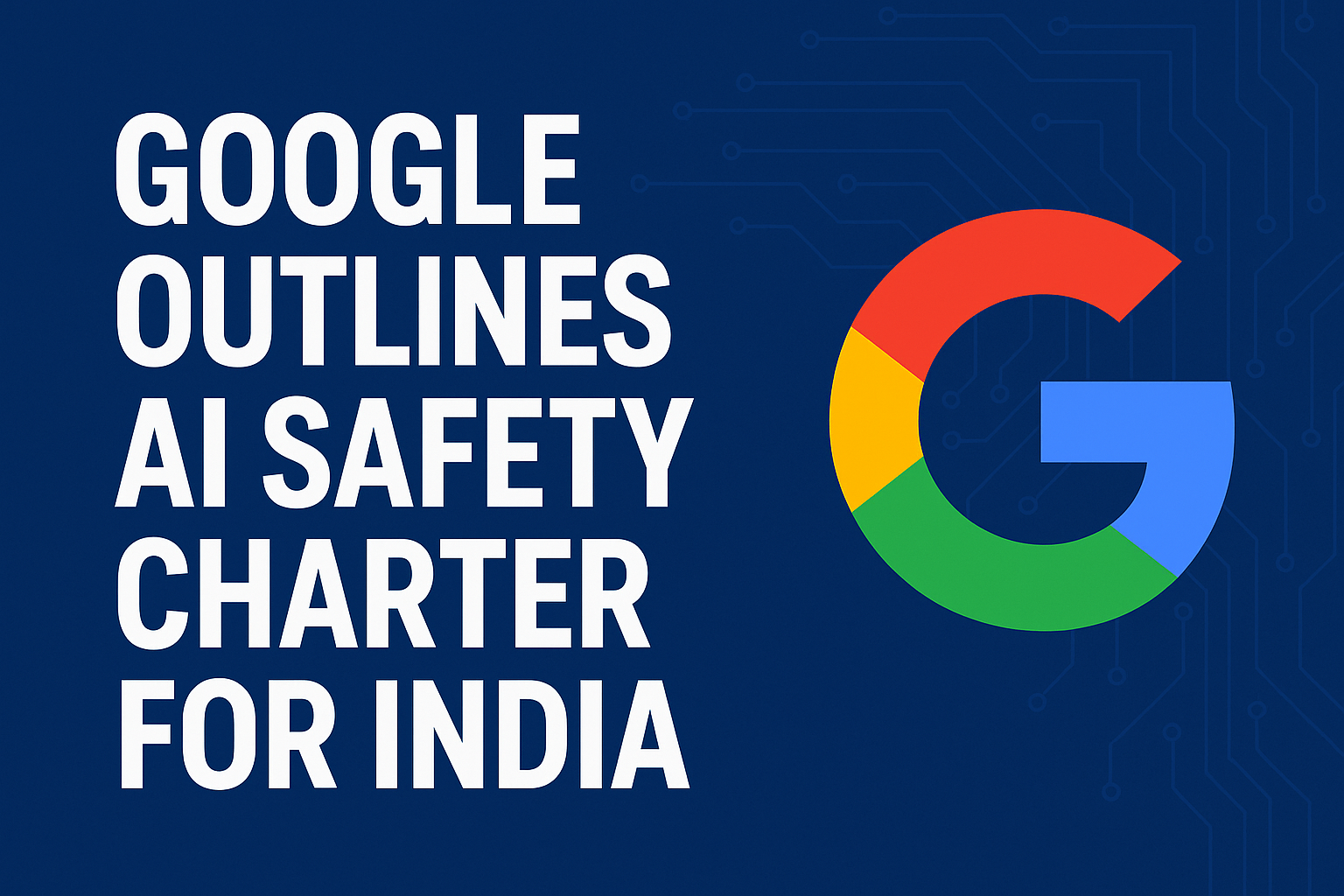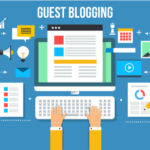Microsoft and OpenAI’s landmark $13 billion AI partnership faces a critical juncture. As OpenAI pushes ahead with its niche plans—including a shift to a for‑profit public‑benefit corporation—Microsoft appears ready to walk away if terms don’t improve. What’s driving the impasse? How could this impact AI’s future? Let’s break it down.
1. What’s at Stake in These Negotiations?
- Equity distribution: After investing more than $13 billion since 2019, Microsoft seeks a bigger equity stake in OpenAI—estimates have floated between 20–49%
- Revenue share & exclusivity: Under current terms, Microsoft gets 20% of revenue up to $92 billion from OpenAI-branded services and holds exclusive sales rights on Azure . OpenAI proposes trimming that share—Microsoft balks.
- Compute and IP rights: OpenAI needs more compute power for ChatGPT’s growing 500 million weekly user base, and wants broader infrastructure freedom. Microsoft counters, exercising its pre‑emptive rights.
- Antitrust and regulation: OpenAI is weighing an anti‑competition tack. Critics cite Microsoft’s grip on OpenAI and the Windsurf acquisition as possible regulatory red flags.
2. Why Microsoft Might Walk Away
- Leverage via existing contract
Microsoft can rely on the current Azure‑OpenAI contract, valid through 2030, without the need for new equity or concessions. - Diversifying AI partnerships
Satya Nadella has started offering rival models—like xAI’s Grok—on Azure, signaling a move toward a multi‑model future - Maintaining revenue status quo
Microsoft insiders note: “The market cares about how much revenue Microsoft is making … not about how much equity it owns”.
3. Why OpenAI Needs a Deal
- Corporate restructure pressure
OpenAI plans to transform into a public‑benefit corporation, a prerequisite to finalizing major funding—especially the $40 billion valuation round backed by SoftBank and others. - Investors’ conditional agreements
SoftBank could withdraw $10–20 billion if the deal isn’t sealed by year-end. - Avoiding compute bottlenecks
With 500 million weekly users, limited compute access threatens ChatGPT’s growth—OpenAI urgently seeks more power.
4. Broader Implications for AI
| Impact Area | Potential Effects |
|---|---|
| AI Infrastructure | A failed deal may push OpenAI to partner with Oracle, CoreWeave, Google, potentially reshaping cloud alliances. |
| Market Competition | Microsoft’s pivot opens doors for rival models, fueling a more pluralistic AI ecosystem . |
| Investor Confidence | Faltering negotiations threaten billions in AI funding, possibly stalling growth across the sector . |
| Regulatory Scrutiny | Antitrust flags heighten scrutiny. The outcome may guide future AI‑tech oversight and partnerships . |
5. Signs of Hope
Despite tensions, both sides remain publicly optimistic and talk daily. Sundry adjustments might smooth the path:
- New equity revenue formula balancing both stake and returns.
- Tiered compute access models giving OpenAI more infrastructure options.
- Regulatory safeguards to shed antitrust concerns.
- Phased transition to for‑profit status, easing pressure on immediate timelines.
Microsoft’s possible walk‑away is not a collapse—yet. Instead, it’s a high‑stakes negotiation shaped by equity battles, compute crunches, evolving AI strategy, and regulatory complexity. The outcome will send ripples through the AI investment landscape, reshape cloud‑AI partnerships, and potentially reconfigure the competitive balance in generative AI.

